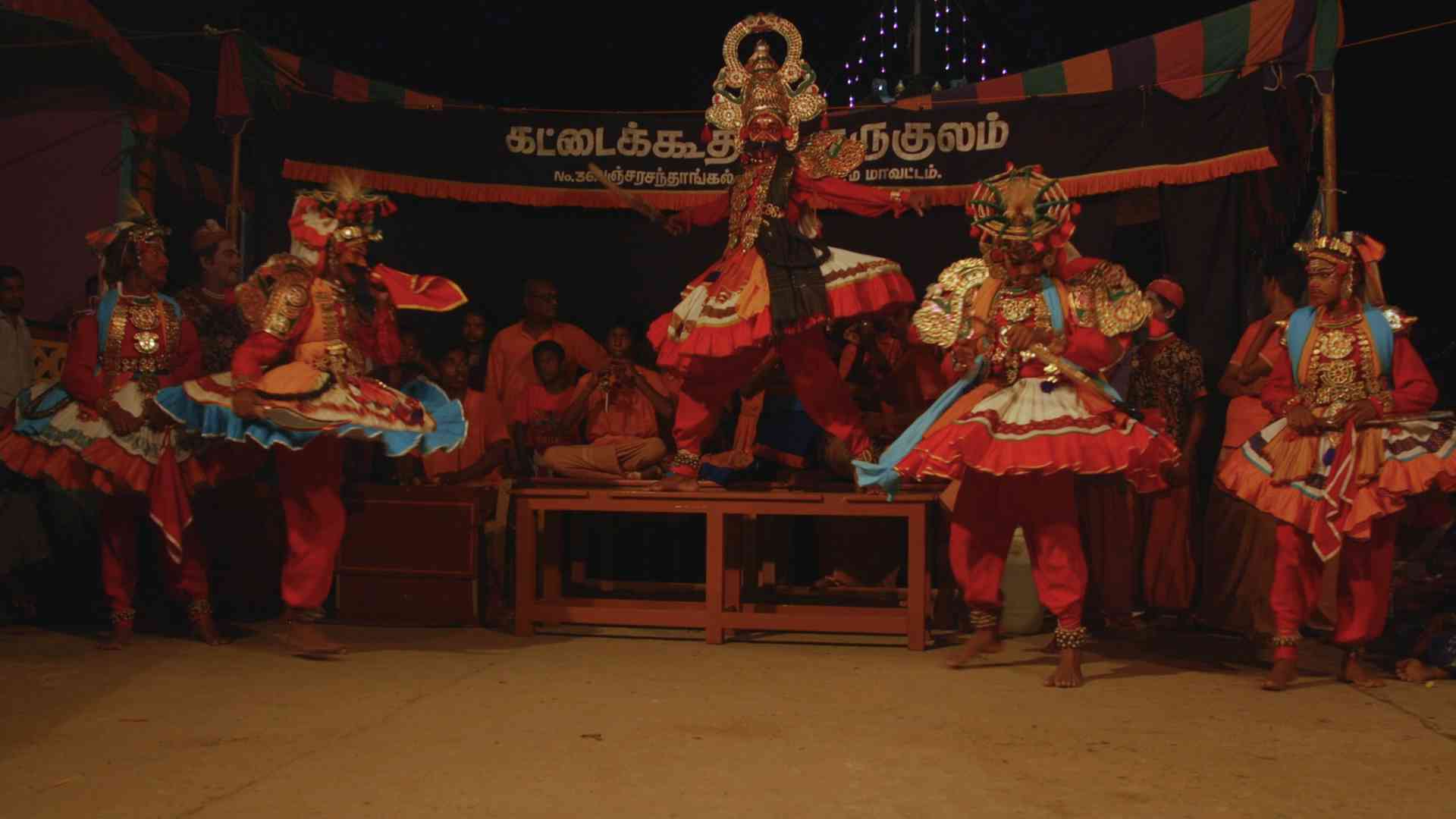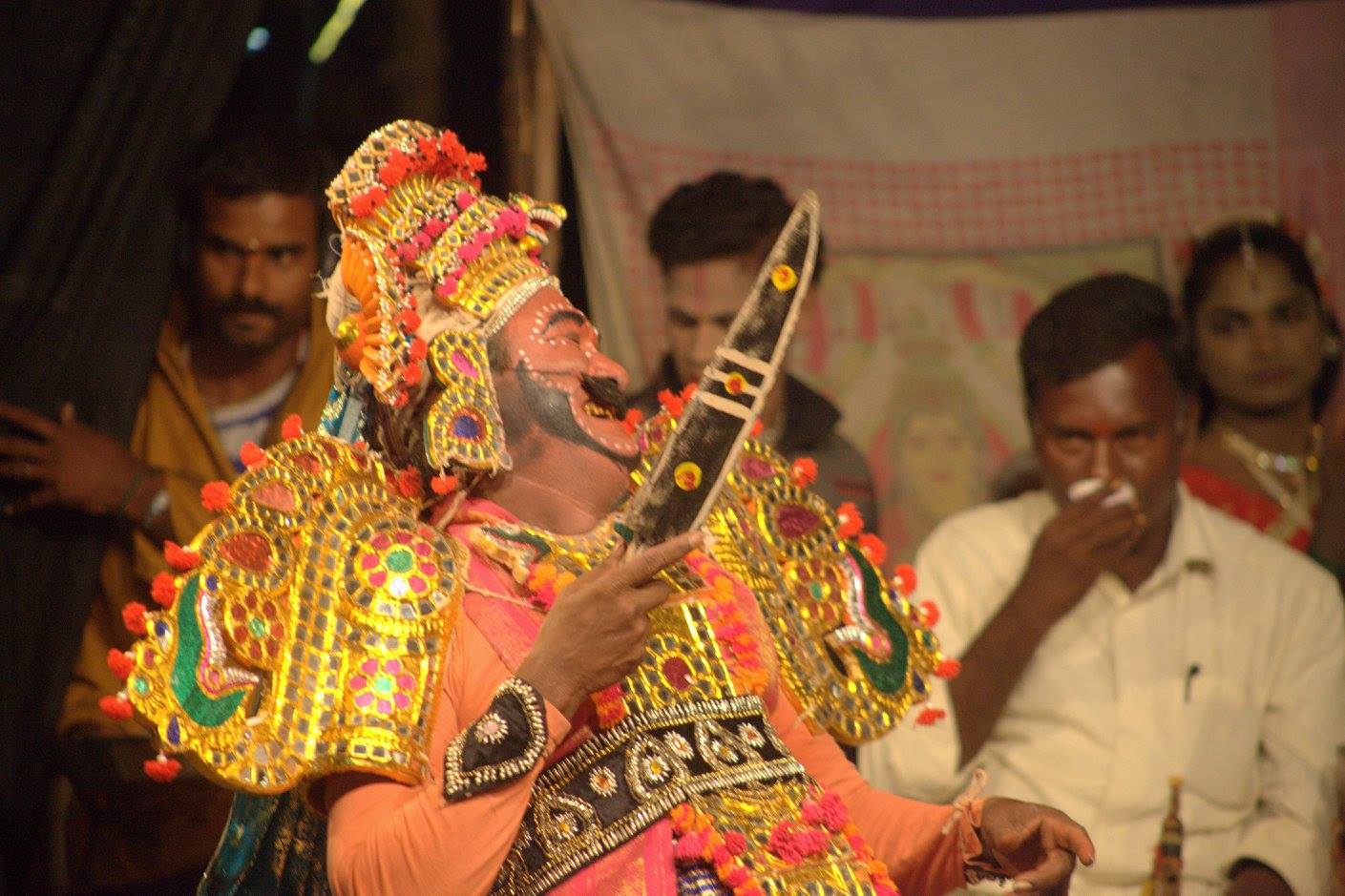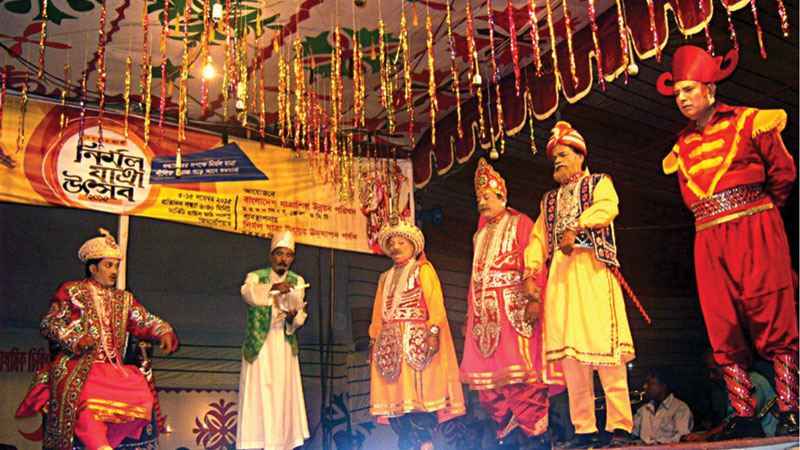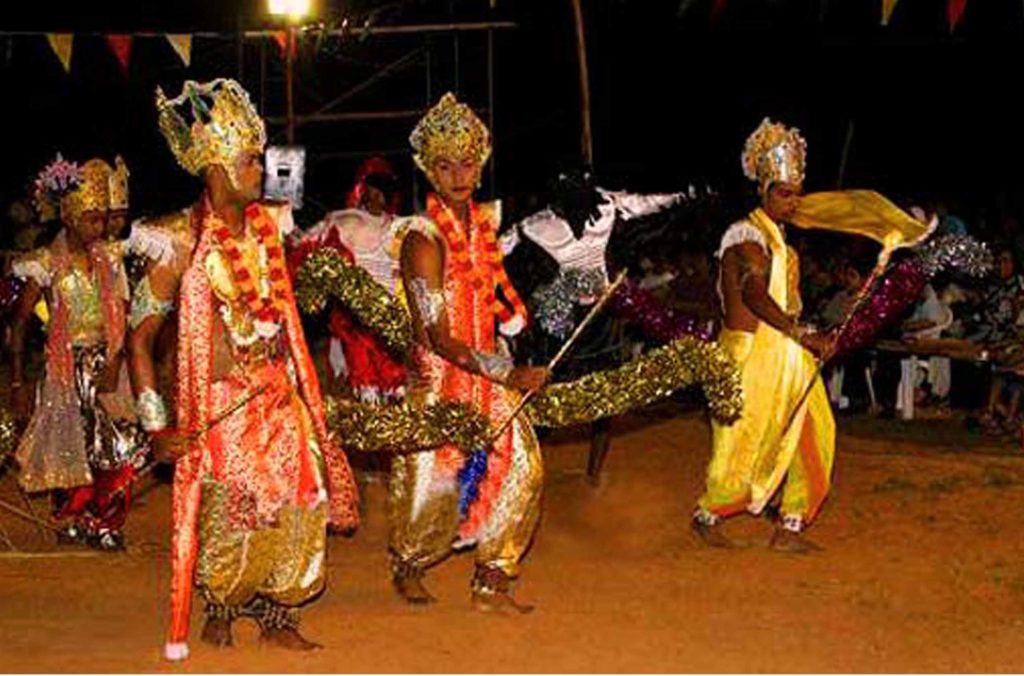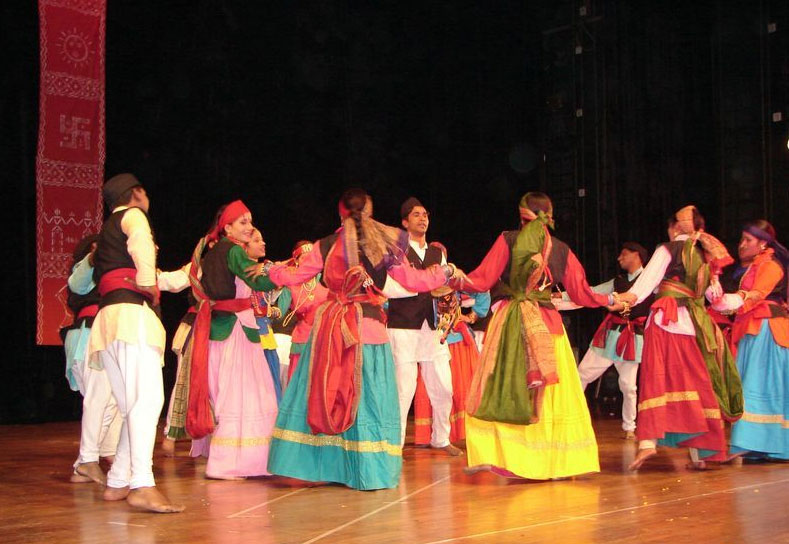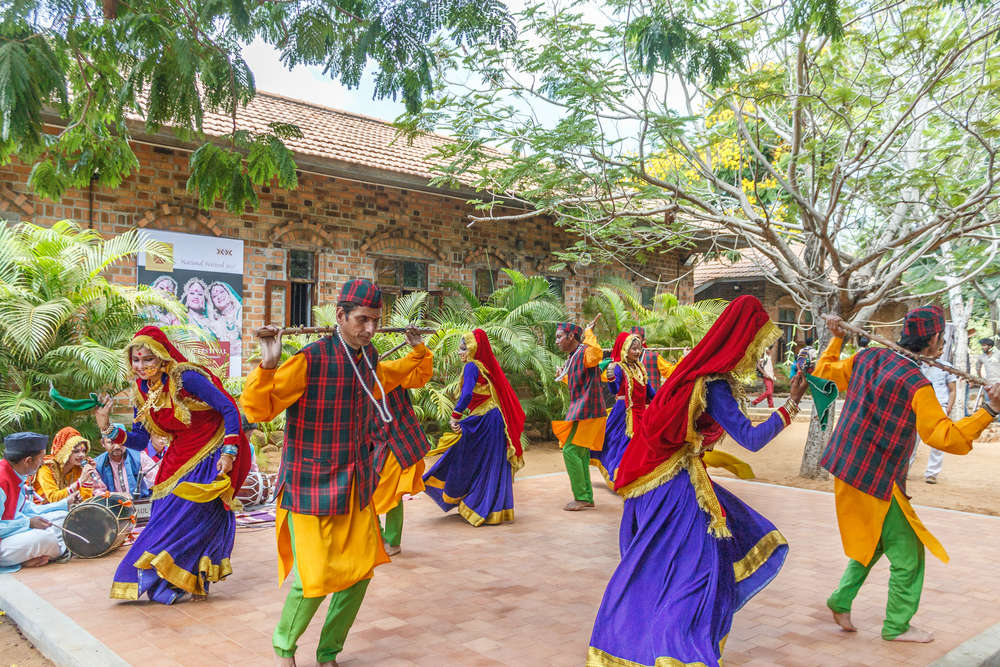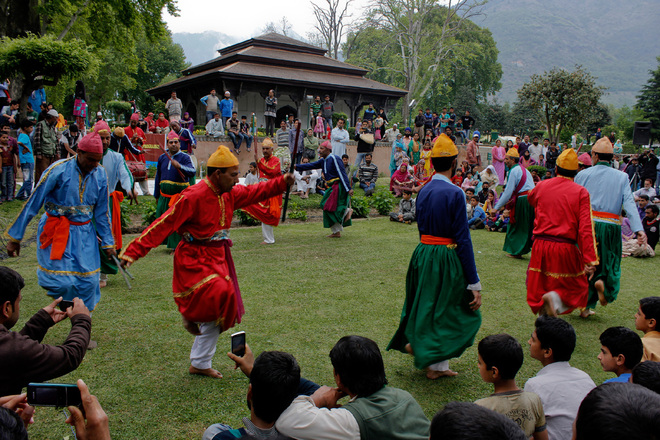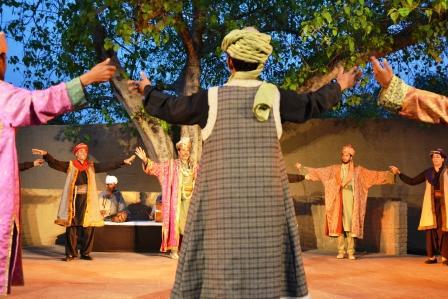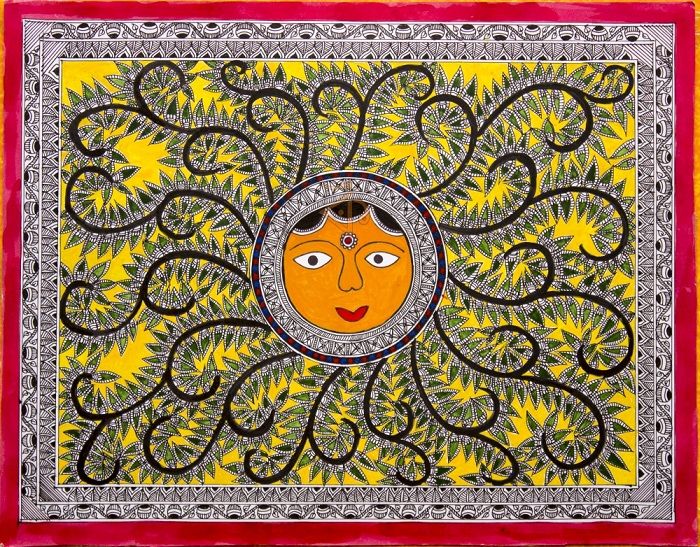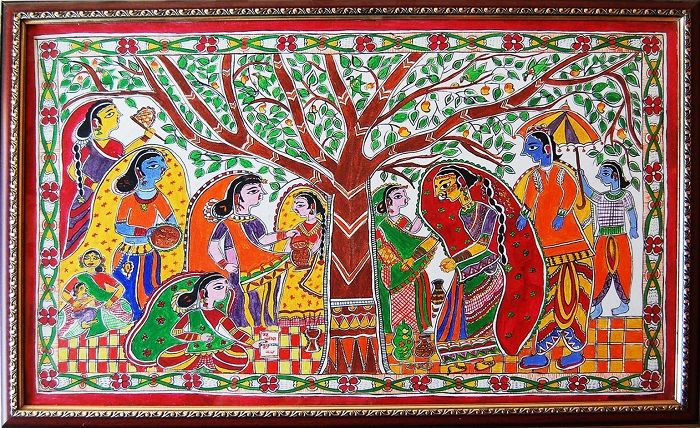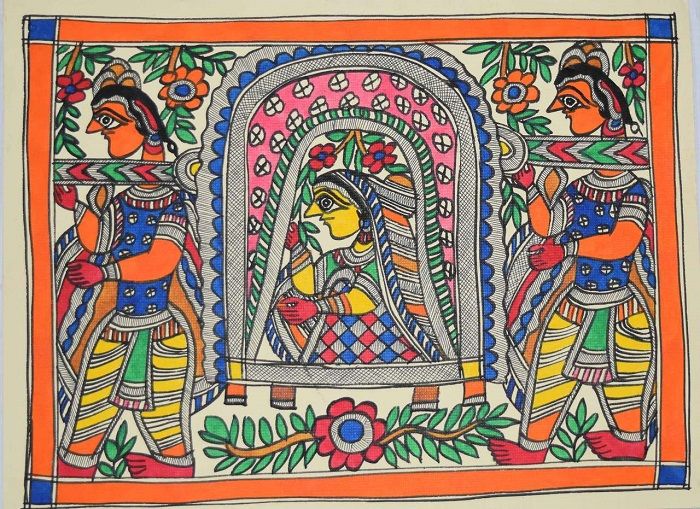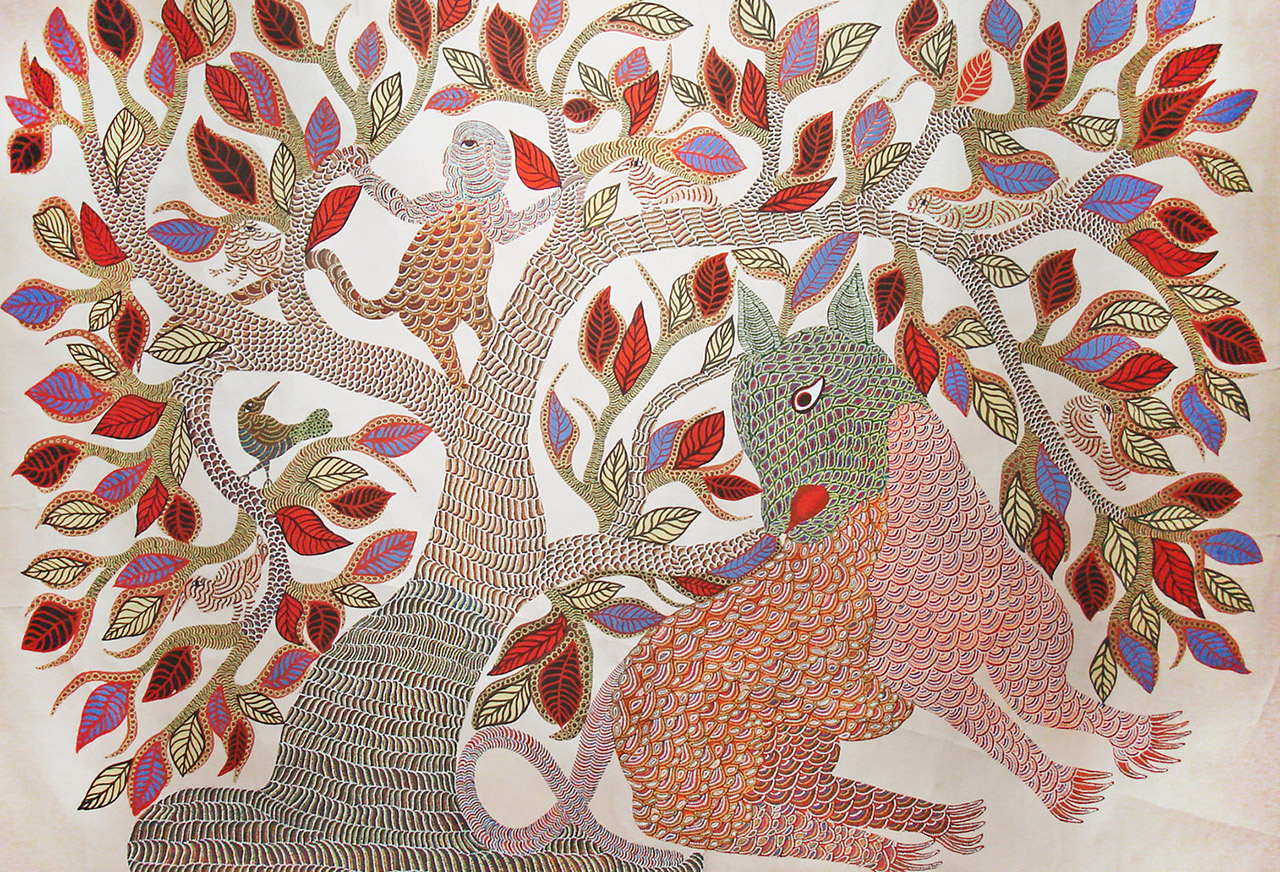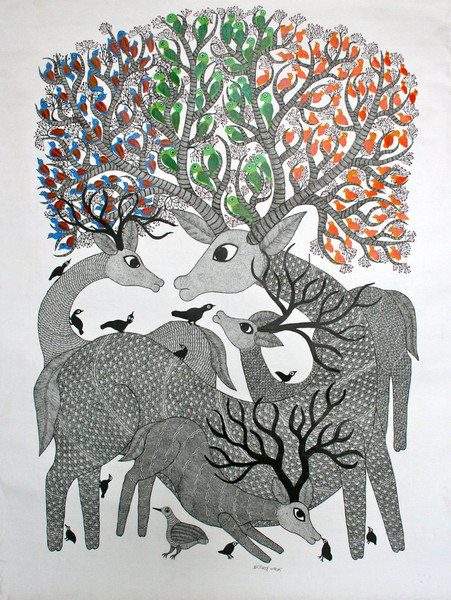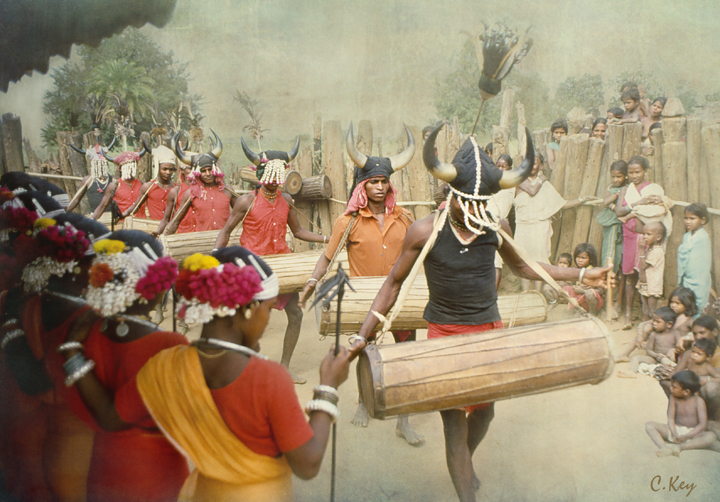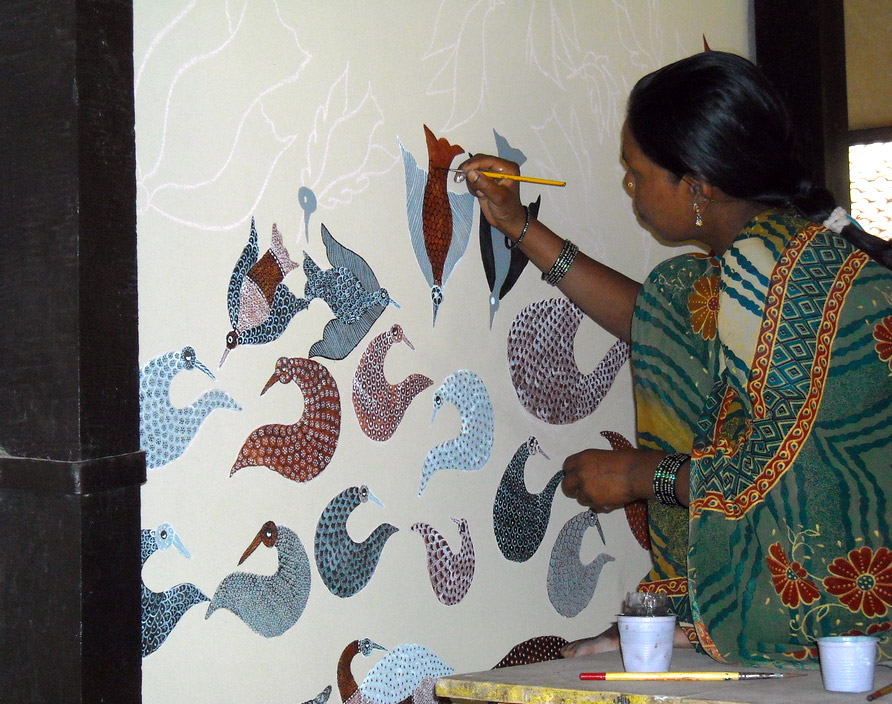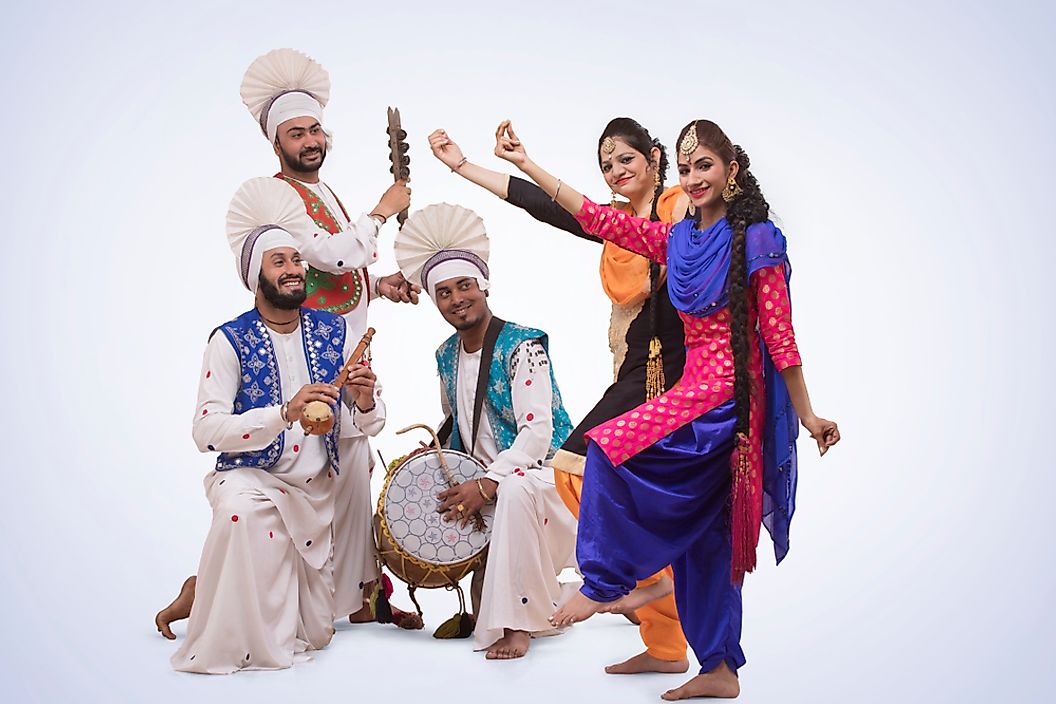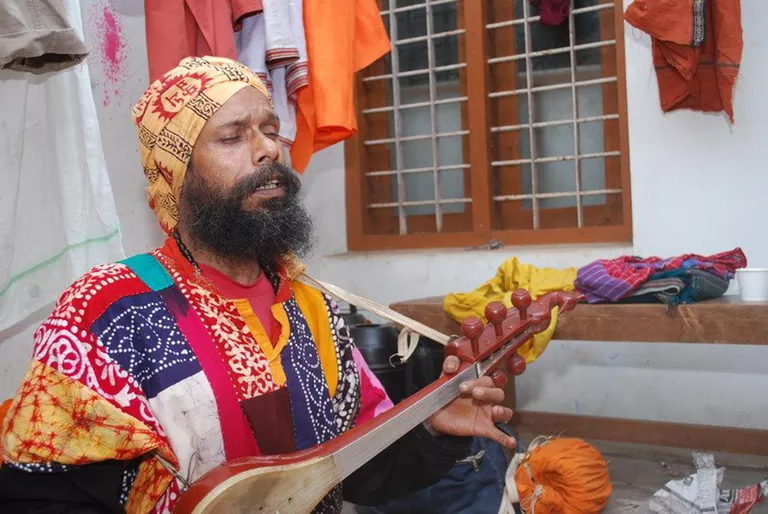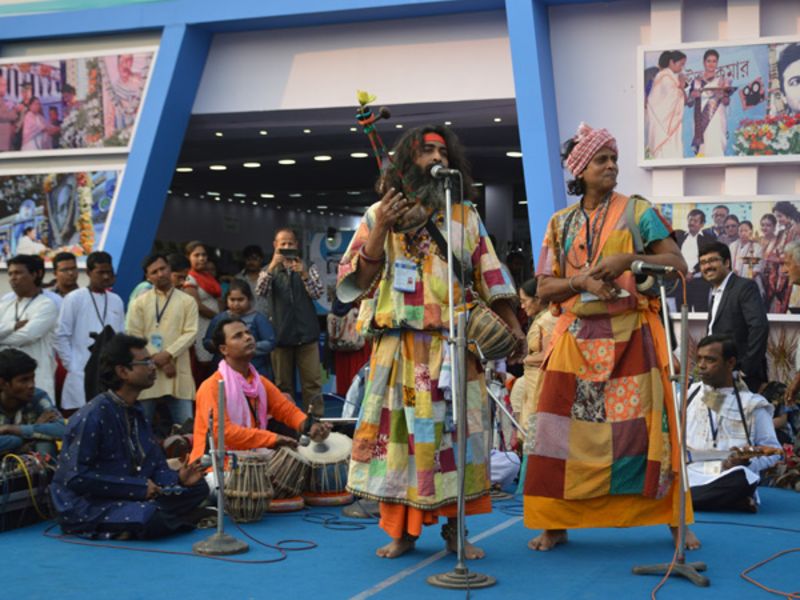According to the Merriam Webster dictionary, Symbolism is defined as- the art or practice of using symbols especially by investing things with a symbolic meaning or by expressing the invisible or intangible by means of visible or sensuous representations: such as
a: artistic imitation or invention that is a method of revealing or suggesting immaterial, ideal, or
otherwise intangible truth or states.
b: the use of conventional or traditional signs in the representation of divine beings and spirits.
However, Symbolism signified something much deeper than its modern counterpart, for the
French, The Russians, and the Belgians in the 19th century. Symbolism was an art movement
of French, Russian and Belgian origin in poetry and other arts seeking to represent absolute
truths symbolically through language and metaphorical images.
Symbolism was a reaction in favor of spirituality, imagination, and dreams. symbolism originated
in the revolt of certain French poets against the rigid conventions governing both technique and
theme in traditional French poetry, as evidenced in the precise description of Parnassian poetry.
The Symbolists wished to liberate poetry from its expository functions and its formalized oratory
in order to describe instead the fleeting, immediate sensations of man’s inner life and
experience. They attempted to evoke the ineffable intuitions and sense impressions of man’s
inner life and to communicate the underlying mystery of existence through free and highly
personal use of metaphors and images that, though lacking in precise meaning, would
nevertheless convey the state of the poet’s mind and hint at the “dark and confused unity” of
inexpressible reality. Some writers, such as Joris-Karl Huysmans, began as naturalists before
becoming symbolists; for Huysmans, this change represented his increasing interest in religion
and spirituality. Certain of the characteristic subjects of the Decadents represent naturalist
interest in sexuality and taboo topics. Still, in their case, this was mixed with Byronic
romanticism and the world-weariness characteristic of the fin de siècle period.
Such masterpieces as Verlaine’s Romances sans paroles (1874) and Mallarmé’s L’Après-midi
d’un faune (1876) sparked a growing interest in the nascent innovations of progressive French
poets. The Symbolist manifesto itself was published by Jean Moréas in Le Figaro on September
18, 1886; in it, he attacked the descriptive tendencies of Realist theatre, Naturalistic novels, and
Parnassian poetry. He also proposed replacing the term décadent, which was used to describe
Baudelaire and others, with the terms symboliste and symbolisme. Many little Symbolist reviews
and magazines sprang up in the late 1880s, their authors freely participating in the
controversies generated by the attacks of hostile critics on the movement. Mallarmé became the
leader of the Symbolists, and his Divagations (1897) remains the most valuable statement of the
movement’s aesthetics. In their efforts to escape rigid metrical patterns and to achieve freer
poetic rhythms, many Symbolist poets resorted to the composition of prose poems and the use
of vers libre (free verse), which has now become a fundamental form of contemporary poetry.
The Symbolist movement in poetry reached its peak around 1890 and began to enter a precipitous decline in popularity about 1900. Symbolist works had a strong and lasting influence
on much British and American literature in the 20th century, however. Their experimental
techniques greatly enriched the technical repertoire of modern poetry, and Symbolist theories
bore fruit both in the poetry of W.B. Yeats and T.S. Eliot and in the modern novel as represented
by James Joyce and Virginia Woolf, in which word harmonies and patterns of images often take
preeminence over the narrative.
Symbolist painters favoured works based on fantasy and the imagination. The Symbolist
position in painting was authoritatively defined by the young critic Albert Aurier, an enthusiastic
admirer of Paul Gauguin, in an article in the Mercure de France (1891). He elaborated on
Moréas’s contention that the purpose of art “is to clothe the idea in sensuous form” and stressed
the subjective, symbolical, and decorative functions of an art that would give visual expression
to the inner life. Symbolist painters turned to the mystical and even the occult in an attempt to
evoke subjective states of mind by visual forms.
Dramatists also took their lead from the French Symbolist poets, especially from Mallarmé. As
drama critic for La Dernière Mode during the 1870s, Mallarmé opposed the dominant Realist
theatre and called for a poetic theatre that would evoke the hidden mystery of man and the
universe. Drama, for Mallarmé, should be a sacred rite in which the poet-dramatist revealed the
correspondences between the visible and invisible worlds through the suggestive power of his
poetic language. For the Symbolist playwright, the deeper truths of existence, known
instinctively or intuitively, could not be directly expressed but only indirectly revealed through
symbol, myth, and mood. The principal Symbolist playwrights were Maurice Maeterlinck in
Belgium and Auguste Villiers de L’Isle-Adam and Paul Claudel in France. Also influenced by
Symbolist beliefs were the Swedish playwright August Strindberg and the Irish poet and
dramatist W.B. Yeats.
In 1904, Stanislavski finally acted on a suggestion made by Chekhov two years earlier that he
stages several one-act plays by Maurice Maeterlinck, the Belgian Symbolist. Despite his
enthusiasm, however, Stanislavski struggled to realize a theatrical approach to static, lyrical
dramas. When the triple bill consisting of The Blind, Intruder, and Interior opened on 15 October,
the experiment has deemed a failure. Meyerhold, prompted by Stanislavski’s positive response
to his new ideas about Symbolist theatre, proposed that they form a “theatre studio” (a term
which he invented) that would function as “a laboratory for the experiments of more or less
experienced actors.” The Theatre-Studio aimed to develop Meyerhold’s aesthetic ideas into new
theatrical forms that would return the MAT to the forefront of the avant-garde and Stanislavski’s
socially conscious ideas for a network of “people’s theatres” that would reform Russian
theatrical culture as a whole. Central to Meyerhold’s approach was the use of improvisation to
develop the performances.
When the studio presented a work-in-progress, Stanislavski was encouraged; when performed
in a fully equipped theatre in Moscow, however, it was regarded as a failure and the studio
folded. Reflecting in 1908 on the Theatre-Studio’s demise, Stanislavski wrote that “our theatre
found its future among its ruins.” Nemirovich disapproved of what he described as the malign
influence of Meyerhold on Stanislavski’s work at this time.


